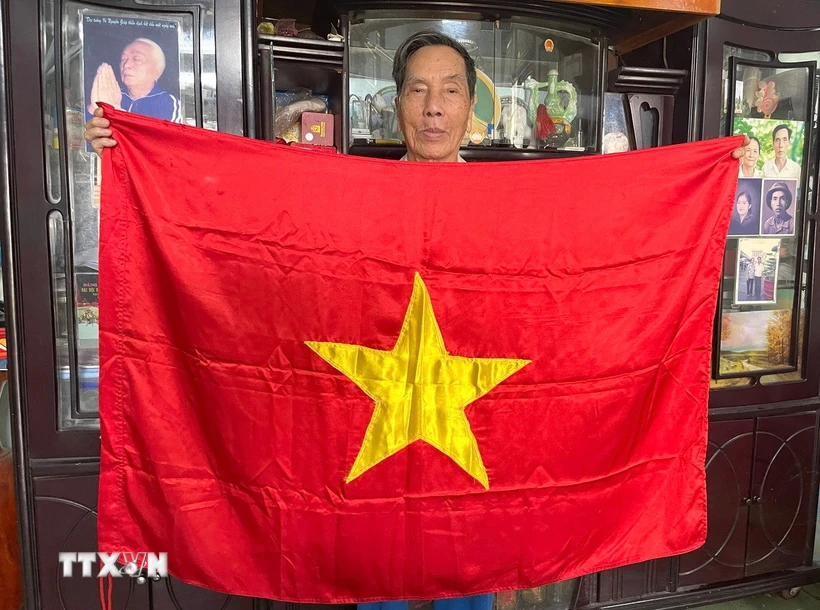
The flag was sewn by Mr. Nguyen Duc Lang to be hung on important occasions of his homeland. (Photo: Thanh Thuy/VNA)
Zalo Facebook Twitter Print Copy link
During the years when the country was temporarily divided, at the 17th Parallel, the Ben Hai River and Hien Luong Bridge were not only geographical boundaries, but also symbols of the struggle for will, ideals and the sacred aspiration for unification of our nation.
This place has engraved its name in history over the years with ordinary people contributing to the silent epic that has become a symbol for a whole generation living and contributing with all their love for the country and belief in a unified tomorrow.
"Wars" without gunfire
For children of the border area like Mr. Nguyen Van Tro (born in 1936, 55 years old in the Party, in Hien Thanh commune, Vinh Linh district), the memories of the days living and fighting by Hien Luong bridge are still intact.
In 1954, after the Geneva Agreement was signed, Ben Hai River and Hien Luong Bridge were used as temporary demarcation lines. At that time, Mr. Tro was a militia squad leader of Hien Luong Platoon and was assigned to stay and fight here.
During the day, he and everyone else worked as usual. At night, he coordinated with the Hien Luong Police Station to protect the bridge, flagpole, and patrol along the river.
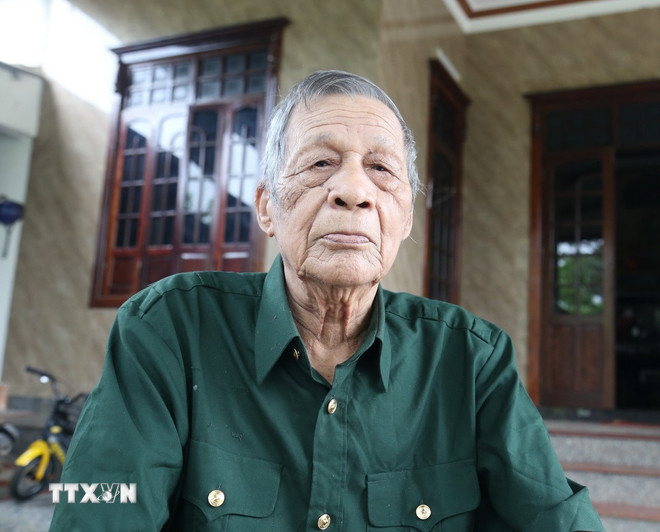
Mr. Nguyen Van Tro, former militia squad leader of Hien Luong Platoon, participated in protecting bridges, flagpoles and patrolling along Ben Hai River. (Photo: Thanh Thuy/VNA)
Recalling a historical period, Mr. Tro shared: At that time, the battles were fierce, from political struggles, to the color of the paint, to the loudspeakers, to the chess matches...
Few people imagine that the paint color of Hien Luong Bridge was once the subject of fierce struggle. Our side wanted to paint the entire bridge blue, a symbol of peace and the desire for unification. But the Southern government continuously repainted their half of the bridge in a different color.
Every time the bridge was divided into two contrasting colors, our army and people immediately repainted it to have a single color as a steadfast message of the aspiration to unite the country.
Not stopping there, on the North bank, a large loudspeaker system was set up, broadcasting the voices of the Government, of the people, and of the desire for peace.
Revolutionary music, drama, and folk songs echoed across the South Bank, penetrating deep into people’s hearts. The opposing side also quickly set up a larger loudspeaker system, broadcasting distortions and misrepresentations of the truth. Thus, a “sound war” continued for a long time.
Among those countless silent battles, the chess match, also known as "chess fighting", is considered the most sacred and emotional symbol.
The red flag with yellow star flying on the top of the flagpole on the North bank is not only a symbol of the Fatherland, but also a belief and a message to the people of the South. Every time the flagpole was broken by a bomb, every time the flag was torn, the militia immediately put it back up.
Bamboo and casuarina trees were searched for and carried back to be erected amidst the storm of bullets. In 1962, the Government ordered the Vietnam Machinery Installation Corporation to fabricate a special flagpole, 38.6m high, raising a flag measuring 134m2 and weighing 15kg, becoming the tallest flagpole on the border.
During the fierce war years, when Hien Luong was the front line facing "rain of bombs and storms of bullets," Mr. Tro, along with his comrades and people, did not fear danger, and were willing to sacrifice their lives to preserve the flag, every inch of land, and every tree branch with all their will and patriotism until the day the country was reunited.
Flag maker at the border
For the people of Quang Tri, no one can forget the image of a soldier who spent 13 years diligently sewing each needle and thread to make red flags with yellow stars flying on Hien Luong flagpole.
He is Nguyen Duc Lang (born in 1937), currently residing in Ward 5, Dong Ha City. In 1959, he joined the army and became a Logistics Assistant of the Logistics Department of the Border Police of Vinh Linh District.
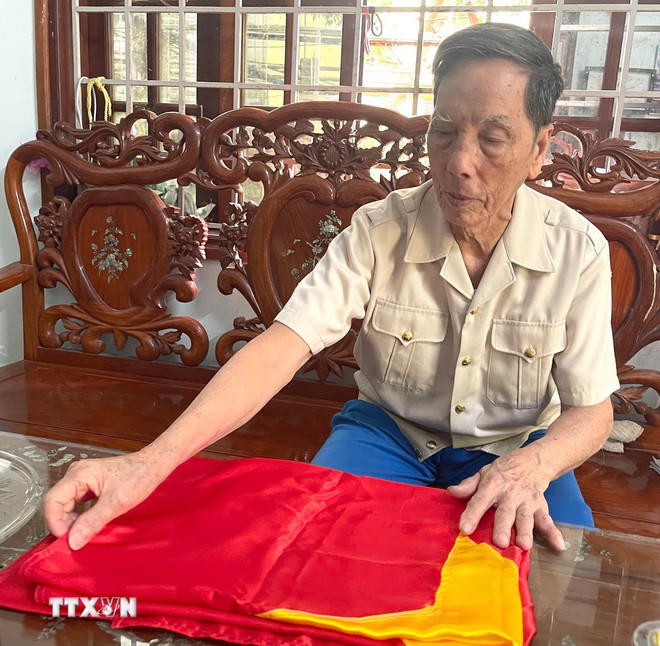
Mr. Nguyen Duc Lang, Dong Ha city (Quang Tri), has been sewing Hien Luong flags for 13 years. (Photo: Thanh Thuy/VNA)
Since 1960, he was assigned to be in charge of military uniforms, including a seemingly simple but extremely special and sacred task - sewing the national flag to hang on the Hien Luong flagpole and along the route from Hien Luong to Huong Lap commune (Huong Hoa district).
At that time, the red flag with yellow star was not simply a symbol of a nation but a strong declaration of justice, a burning desire for independence and unification, expressing the unyielding will of the North towards its beloved South.
Recalling those unforgettable years, Mr. Lang emotionally said: At first, without any experience, it took me 7 days to sew a large flag measuring 96 square meters. Later, when I got used to it, it could be shortened to 2.5 days.
To make such a flag, it takes 122m2 of red fabric and 10m2 of yellow fabric. The most difficult period was April 1965-1970, when the war was fierce, with bombs and bullets raining down day and night. This was the time when the US imperialists began to expand their destructive war to the North, with intense bombings targeting military and civilian targets.
The 17th parallel area, where Hien Luong Bridge was located, became one of the main targets of US air strikes. We had to evacuate, hide in bunkers, and spread out tarps to sew flags.
During times of scarcity, every meter of fabric was as precious as blood. Every step from measuring, cutting to sewing had to be carefully calculated to avoid loss. The most difficult part was assembling the five-pointed yellow star, each 5m long, which had to be spread out on the ground while the shelter was cramped.
Sitting bent over in the dust, stretching each piece of fabric, threading each stitch, at that time the aspiration and dream of a peaceful tomorrow, the country reunited, was always full in my heart.
The national flags of that day were not just fabric, but spirit, flesh and blood, the image of a resilient nation that refused to submit...
The flags Mr. Lang sewed fluttered proudly amid the smoke and fire of war, shining brightly on the Hien Luong flagpole. That image still lives forever in the nation's memory as part of the sacred soul of the mountains and rivers.
Today, returning to daily life, he still maintains the habit of sewing national flags to hang on important occasions of his homeland such as: National Day, April 30th Victory Day, Lunar New Year...
With his silent but extremely great contributions, Mr. Nguyen Duc Lang was awarded by the State the First Class Anti-American Resistance Medal, the Liberation Soldier Medal (First, Second, Third Class) and the Glorious Soldier Medal (First, Second, Third Class).
Ordinary soldiers like Mr. Tro or Mr. Lang are living witnesses of history reminding us, the young generations today, to be grateful to the generations of fathers and grandfathers who did not hesitate to sacrifice, silently contributing and building for the day of unification. For those who have experienced war, sacrifice, pain and loss, they understand the full value of peace better than anyone else.
Today, in the blue sky of Hien Luong, the red flag with yellow star flutters, symbolizing a strong nation reviving and rising in the new era...
Major General Ho Thanh Tu, Chairman of the Veterans Association of Quang Tri province, shared that Mr. Nguyen Van Tro and Mr. Nguyen Duc Lang are typical examples who contributed significantly to the historic victory of the nation in the resistance war against American imperialism to save the country.
Although the war has been over for more than half a century, the contributions of comrades are still valuable. Each person has a different position and mission, but all have made silent and persistent contributions to the victory.
During the resistance war, Quang Tri had more than 20,000 veterans participating in the fight, serving in combat, and contributing to the cause of national liberation. Many of them have become historical figures, contributing to writing the heroic epic of the nation on many fronts from politics, military to logistics and culture.
In today's peaceful life, Uncle Ho's soldiers of the past continue to promote their role in the new era on the front of building, protecting and developing the homeland as well as educating the younger generation.../.
(Vietnam+)
Source: https://www.vietnamplus.vn/50-nam-thong-nhat-dat-nuoc-nguoi-may-niem-tin-chien-thang-post1027695.vnp


![[Photo] Ho Chi Minh City residents "stay up all night" waiting for the April 30th celebration](https://vphoto.vietnam.vn/thumb/1200x675/vietnam/resource/IMAGE/2025/4/30/560e44ae9dad47669cbc4415766deccf)
![[Photo] General Secretary attends special art program "Spring of Unification"](https://vphoto.vietnam.vn/thumb/1200x675/vietnam/resource/IMAGE/2025/4/29/e90c8902ae5c4958b79e26b20700a980)
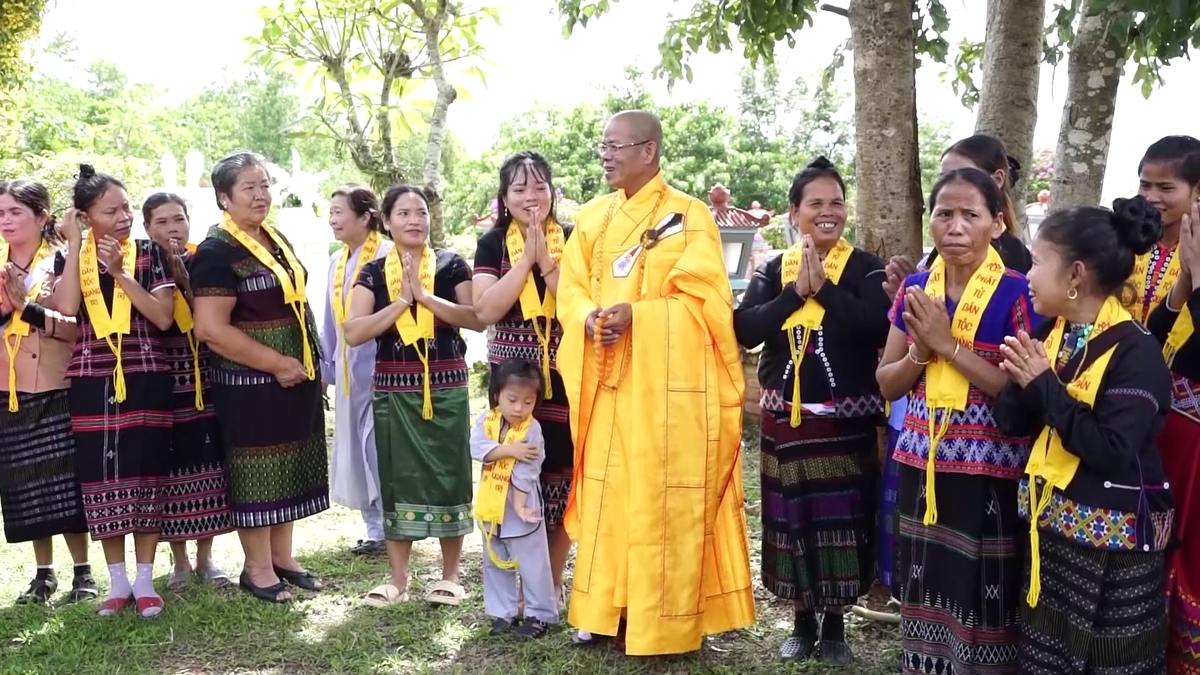

![[Photo] Demonstration aircraft and helicopters flying the Party flag and the national flag took off from Bien Hoa airport](https://vphoto.vietnam.vn/thumb/1200x675/vietnam/resource/IMAGE/2025/4/30/b3b28c18f9a7424f9e2b87b0ad581d05)
![[Photo] Ho Chi Minh City: People are willing to stay up all night to watch the parade](https://vphoto.vietnam.vn/thumb/1200x675/vietnam/resource/IMAGE/2025/4/29/cf71fdfd4d814022ac35377a7f34dfd1)

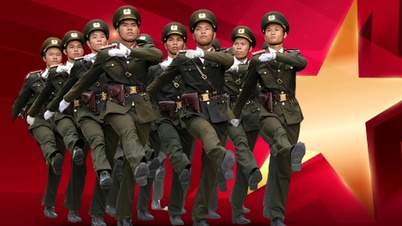

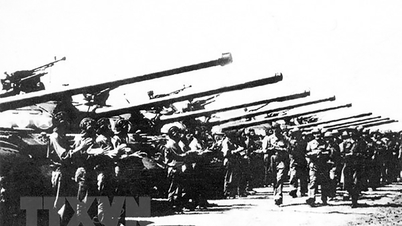




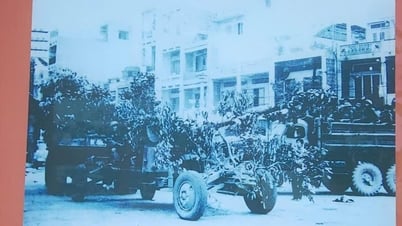

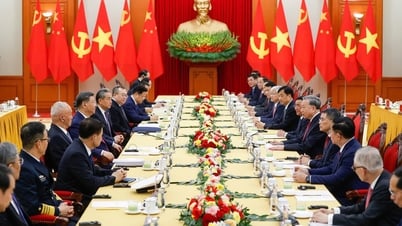
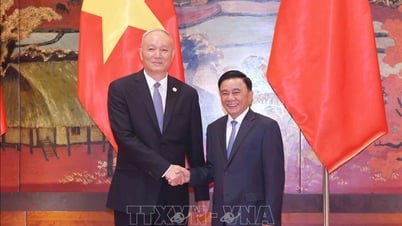
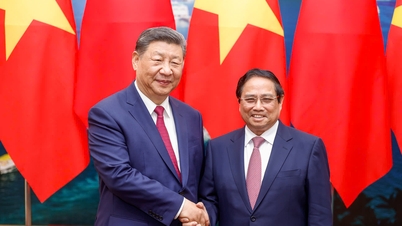
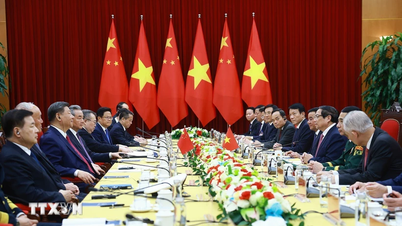
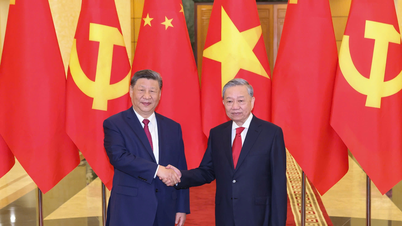








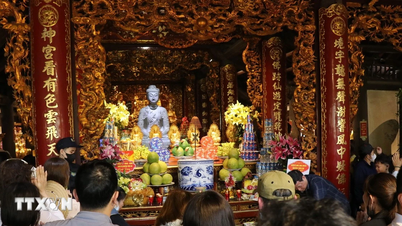

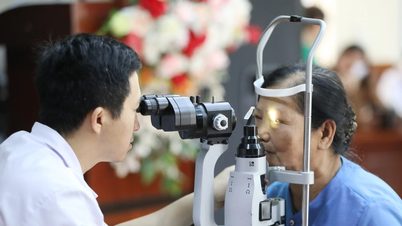
![[Photo] Hanoi is brightly decorated to celebrate the 50th anniversary of National Reunification Day](https://vphoto.vietnam.vn/thumb/1200x675/vietnam/resource/IMAGE/2025/4/29/ad75eff9e4e14ac2af4e6636843a6b53)



























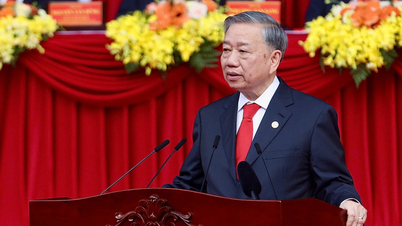




















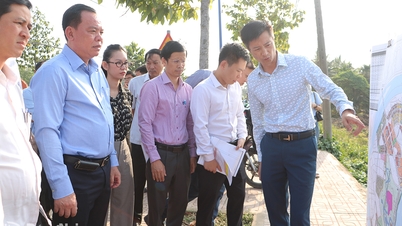















Comment (0)